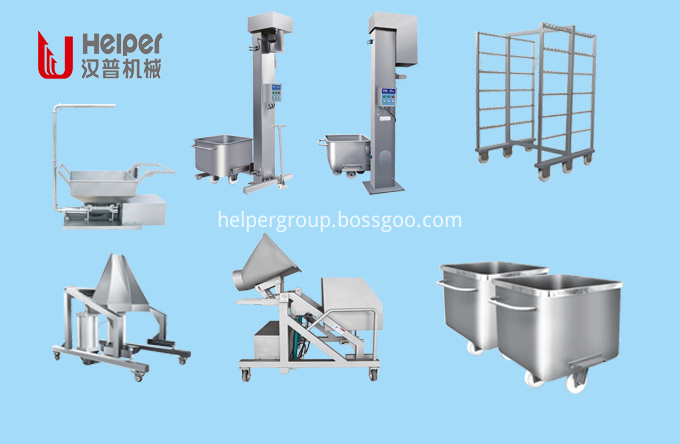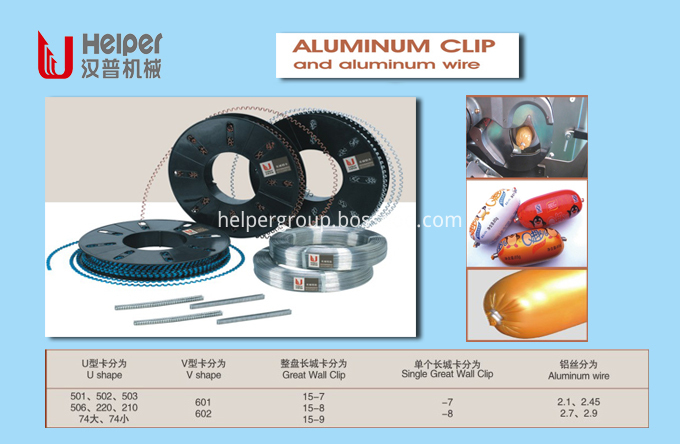Fourth, how to examine the packaging design
The quality of a piece of packaging is not only the mastery of beauty, but should be examined from the following five levels: visual performance, packaging material application, production production, cost control, and access management.
â– Visual performance
When entering the visual planning formally, the elements on the packaging are the brand, product name, taste, capacity, and so on. Some items have logic to follow and cannot be expressed in the designer's creative ideas. If the business owner does not clarify in advance, the design Teachers should also proceed according to logical deductions.
Maintain the brand image: Some design elements are the assets of the brand, and designers cannot change or give up. For example, the yellow color block on Lipton yellow card black tea packaging, which extends to Tetra Pak and ice tea packaging, also retains the impression of yellow color blocks, and even Lipton Coffee has inherited a consistent brand image.
Product Name: The highlighting of the product name allows consumers to see at a glance.
Variant Name: Consistent with the concept of color management, using established impressions as planning principles. If purple represents the taste of grapes and red represents the taste of strawberries, designers will never violate the established rules to confuse consumers' cognition.
Color: related to product attributes. For example, fruit juice packaging uses strong, bright colors; baby products use pink colors... and other color schemes.
Accurate performance claims: Product packaging can be expressed in a functional or emotional manner. For example, medicines or high-priced goods use more rational appeals to convey the functions and textures of goods; emotional appeals are mostly used for low-priced and loyalty goods such as drinks or snacks.
Display effect: The store is a long and short battlefield for each brand. How to stand out on the shelf is a major design consideration.
One Sketch One Point: If each design element on the packaging is large and clear, it will appear cluttered, lacking in hierarchy, and unfocused. Therefore, designers must clearly grasp a visual focus when they are creating, and they can truly demonstrate the “key point†of product appeal.
â– Packaging material application
Designers can be creative when they think about creative ideas, but before they officially present their works, they need to filter out the possibility of implementation. Different product attributes, the requirements for packaging materials are not the same. Therefore, the selection of packaging materials is within the scope of design considerations.
Material: In order to stabilize the quality of the product, the selection of the material is also the key. For example, the flower and fruit tea or the tea products adopt KOP fresh-keeping packaging materials. In addition, in order to ensure the integrity of the product in the transport process, the choice of packaging materials should be considered. For example, the egg packaging, its buffer protection needs is absolutely the first element of the packaging design function.
Size, capacity: refers to the size of the packaging material and bearing restrictions.
Create a special structure: In order to seek more refined products in the packaging industry, many companies in foreign countries have been working hard to develop new packaging materials or new structures. If Tetra Pak developed the Tetra Pak structure packaging, consumers were deeply impressed with it and the market was also ignited.
Physical properties of packaging materials: The chemical properties of packaging materials are used to solve the problems of commodity preservation, and the principle of thermal expansion and contraction of packaging materials should also be noted. For example, full-body sausages are packed with nitrogen to preserve the freshness; ice cream is coated with a shrink wrap, which replaces the traditional non-environmentally friendly styrofoam boxes.
â– Production Production Production production can be determined by the number of packages.
Small quantification: If the product is a high-price, fine-quality product, and the quantity of production is small, the cost ratio of package production can be slightly increased. Therefore, if the design of a complex structure of the packaging can enhance the sense of value of the product, customers can also recommend the adoption.
Quantification: There is a large demand for general consumer goods. In order to achieve rapid production, the cost or structural complexity of packaging materials should also be reduced.
â– Cost Control Business owners want to produce the most advanced products at the lowest cost. Therefore, when a designer plans a case, if he can control the production cost for the business owner, he will undoubtedly add points to this packaged work.
Cost of packaging materials: The presentation of refined products does not necessarily rely on high-quality, high-cost packaging materials. Designers can use the clever combination of vision and structure to choose other alternative packaging materials that can also produce high-quality textures for the product.
Cost of production: Designers must also take into account the labor costs of production (eg number of prints), manual production, parts and operations on the production line when planning the case.
Access cost: In the packing and transportation process, goods, packaging, and accessories can be fragmented to avoid fragmentation and reduce the cost of access.
Shelf cost: The shelf-loading cost of the product is not low. If the packaging design can consider the size, height, and maximum benefit of the limited space, this packaging design will be considered successful.
â– Path Management
In order to respond to the needs of different pathways, companies must produce various types of packaging to suit each pathway. For example: Lipton is in a position to enter the 7-ELEVEN route, and is specifically designed to produce 20 packages, and this package is only available in 7-ELEVEN. The following will describe the various common pathways:
CVS Convenience Store: Products are varied, items are small, and shelves are expensive.
Supermarkets, mass merchandisers, hypermarkets: There are many brands on the shelves, and how to immediately grab the attention of consumers in the short distance is indeed the first factor.
Stores, department stores: Products with the same attributes in such pathways are grouped together in one district, so product items must be clear to distinguish them from those with the same attributes.
Mail-order (Internet), direct marketing: In consideration of cost considerations, the goods of this channel are largely based on functional requirements rather than visual requirements in terms of packaging design. (to be continued)
Peripheral Devices and Consumables
Based on the low labor cost and reasonable stainless steel cost, Helper help to offer clients internal transport devices with best price. These machines and device include standard material truck, smoking trolley, lifter, conveyer belts, spiral feeding machine, hydraulic lifter etc. The internal transport device is used in filling and forming workshop, tumbling and seasoning workshop, smoking and cooking room etc.

Helper has a professional team to design and produce sausage clips. They have rich experience and understand all the key points for produce good quality clips. From the raw material purchasing to mould designing, from the QC in production to post-treatment, they pay attention to all these details that lead to the good quality of Helper`s clip series. Our clips products include U shape clips, Great wall shape clips, and aluminum wire (for aluminum wire clipper).

U Shape Sausage Clip,Clips On Strip,Bag Packaging Clips,Screw Material Conveyor
Helper Machinery Group Co., Ltd. , https://www.helperfoodmachiney.com